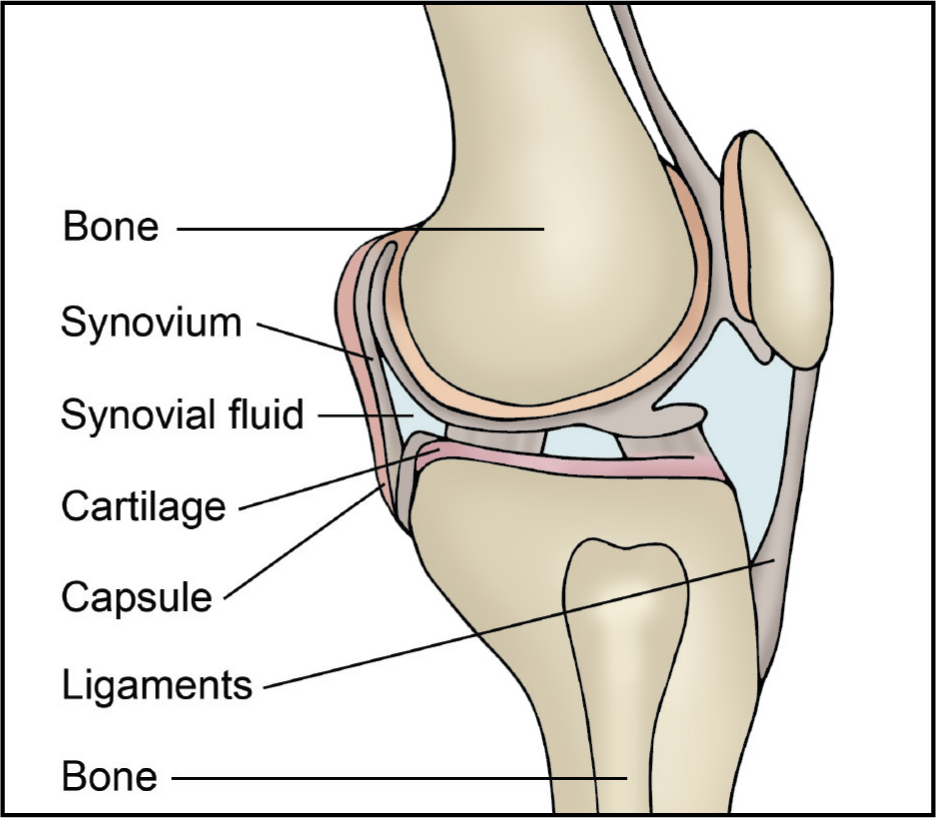On this page
What is a Joint Injection?
A joint injection is a treatment that is used for Juvenile Idiopathic Arthritis (J.I.A). It means that your doctor will insert a small needle into the joint space (the space between the bones in a joint) and inject medicine. This may be done with you awake using laughing gas (Entonox) or under general anaesthetic, where an anaesthetist puts you to sleep for a short while. Most young people notice that the joint is a lot less sore and swollen within a few days of the injection. Injections can make joints feel better for weeks, months or even longer.
Why do I need a joint injection?
Joint injections reduce inflammation and pain in swollen joints. If you have only one or a few joints swollen, they may be the only treatment you need, with occasional repeated injections. If you are taking other medicines already and still have swollen joints, joint injections may save having to increase the doses or introducing new ones.

What will happen when I get a joint injection?
What is injected into the joint?
A long lasting steroid, which stays in the joint space for over 1 week. Sometimes, a local anaesthetic is also added to the steroid medicine.
After the injection:
The general anaesthetic can make your mouth feel dry. Some children feel a little sick, whilst others are sleepy for a while.
A drink of juice or water is nice and is available on the ward for you to drink when you are fully awake after the injection. Once you have fully recovered from the anaesthetic, have had something to drink and have passed urine, you will be ready to go home with your parents.
For 24 hours after the injection, you need to avoid using the joint too much, which may involve resting, depending on which joint(s) is / are involved.
After this, you should be able to go back to school and resume normal activities such as taking part in P.E, etc. If a joint has not been used much recently, muscles can ache if you suddenly return to full activity so a gradual return is sensible.
If your joints have become stiff or the surrounding muscles have become weak, you may need to meet with a physiotherapist within a couple of weeks of the joint injection. Your doctor will let you know if this is advised and will arrange it.
Are there any side-effects of Steroid Joint Injections?
There are a few possible side-effects from a joint injection but these are not serious.
The injected joint can ache for a day or two. This should settle.
Steroid can thin the fat tissue under the skin causing a little dimple or make the overlying skin go a little pink. This is rare and is mainly seen at wrists, ankles and fingers. If it does happen, it doesn’t hurt and doesn’t cause any problem apart from the appearance. It heals with time but this can take several months.
Infection of the joint is a potential risk but is very unlikely and happens very rarely. Special precautions are taken to avoid this such as cleaning the skin carefully before injecting. Signs of infection are redness and swelling of the joint, feeling unwell and a high temperature.
How is JIA treated?
Your treatment is planned just for you – it may be different for another person. This is because JIA affects each young person differently.
The main ways of treating JIA include:
- medications to control inflammation;
- steroid joint injections to reduce inflammation, in particular joints;
- exercises to keep joints moving well and muscles strong; and
- pain management strategies to reduce pain and help you cope with pain.
Contact details
Please feel free to contact the Paediatric Rheumatology Nurses on:
Back to top